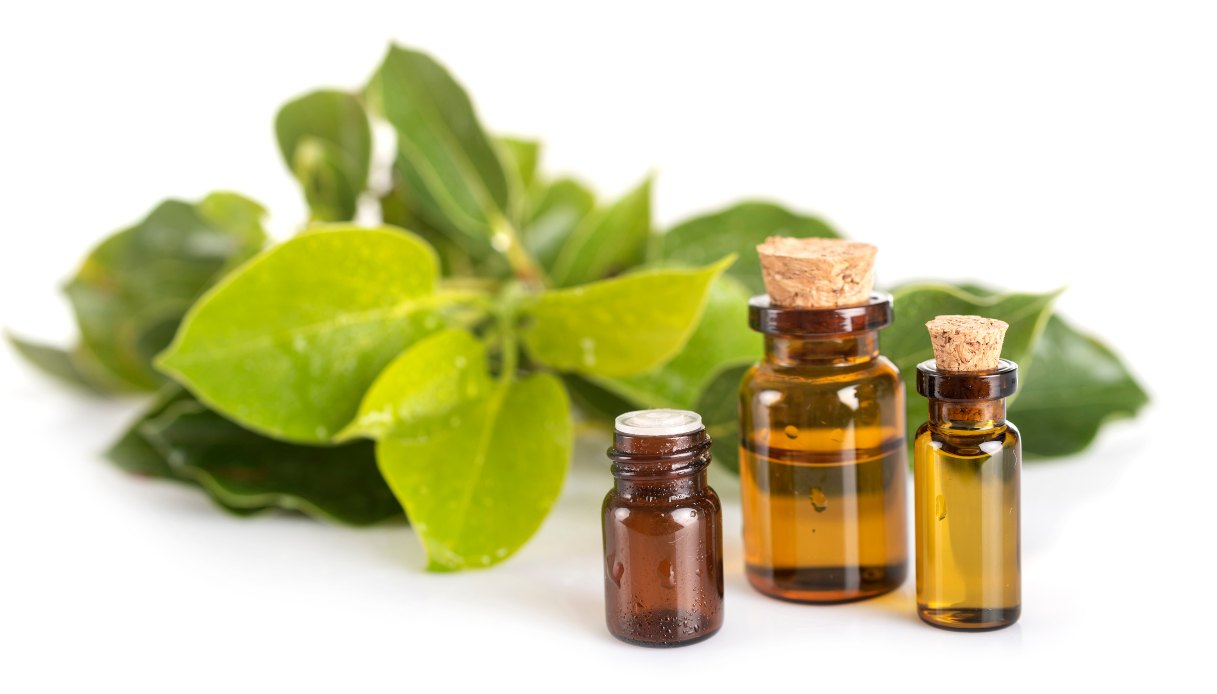What’s this
Camphor is a natural substance contained in many essential oils extracted from plants, such as sage and rosemary essential oils. However, camphor is found mainly in Cinnamomum camphora, a tree called camphor, which belongs to the family of Lauraceae and which grows wild in China, Japan and other parts of the world. Camphor is therefore a terpene that is obtained by distillation ofessential oil present in the wood of this tree; after crystallization and filtration, the oil can be distilled again to obtain white camphor oil, brown camphor oil and blue camphor oil. Among these, thewhite camphor oil, characterized by an intense and balsamic smell, is used for its benefits both pure and in creams, ointments and lotions dedicated to relieving skin irritations, pains, inflammation and nasal congestion. However, camphor should be used in moderation and only externally, as it is toxic and dangerous in high doses or by mouth.
What is it for
Camphor has several property which are exploited above all for the health of the skin and respiratory system, but also for the benefits on muscles, joints and circulation. In particular, camphor has action:
- anti-inflammatory
- antisettica
- revulsive
- painless
- expectorant
- relaxing
Thanks to these properties it is used to treat skin irritations, pains and respiratory ailments. Products containing camphor are for example useful for topical use due to their antiseptic action to fight bacterial, viral and fungal infections affecting the skin and nails and to calm itching: for example, it helps in case of acne, boils, warts. , cold sores, nail fungus.Camphor balms and ointments can also be used to soothe sunburn and burns of the skin and to relieve inflammation that causes redness, pain and swelling. Products that contain camphor have pain relieving and anti-inflammatory activities and are useful in case of bruises, sprains and cramps, to relieve joint and muscle pain, back pain, neck pain, low back pain, headache and arthritis. Camphor then helps to relax the muscles after sport or physical exertion and, thanks to the stimulating action on the circulation, it helps to have light legs and to fight water retention, hemorrhoids and other problems related to poor circulation. However, camphor oil is used above all to clear the airways in case of cough and cold: camphor-based balms are applied to the chest and chest to take advantage of the balsamic vapors especially before going to sleep, to free the nose and rest better.
How to use
Camphor is used externally, for localized skin applications. Powdered camphor can be used by diluting a small part of it in vegetable oil: you must not exceed 10 grams of camphor per 100 milliliters of oil. As an alternative to powdered camphor you can use essential oil, using a few drops always diluted in vegetable oil. Camphor oil can then be used for massages on the chest and chest for respiratory ailments, localized massages in case of muscle or joint pain, massage of the temples against headaches and so on. They can also be done for the well-being of the airways fumigate with both camphor powder and essential oil.
Where to buy
Powdered camphor, as well as ointments, creams, ointments and lotions that contain it, as well as camphor essential oil, can be purchased in herbalist’s shops and pharmacies and can also be found in various online stores.
Is it carcinogenic?
White camphor oil is safe for use and non-carcinogenic, while brown and blue oil are considered toxic and carcinogenic due to the high content of safrole.
Contraindications and side effects
The use of camphor in adults, if done correctly and at adequate doses, is considered safe. First of all, however, camphor should be used only externally and never ingested, as internal use can lead to severe toxic symptoms including vomiting, burning in the mouth and throat and convulsions. Even when used on the skin, camphor must be suitably diluted, never pure, used in moderate quantities and for short periods. In particular, camphor-based products are considered safe as long as they do not contain camphor percentages higher than 10% and as long as they are used on intact skin because in case of wounds, excessive absorption of the product can occur, with consequent symptoms of toxicity. Applied to the skin, camphor and the products that contain it can still cause irritation, tingling, burning, hot or cold sensation on the skin, especially in sensitive people. Camphor should not be used in case of allergy, on injured skin, during pregnancy, during lactation, on children under the age of two and in case of liver disease.
.
